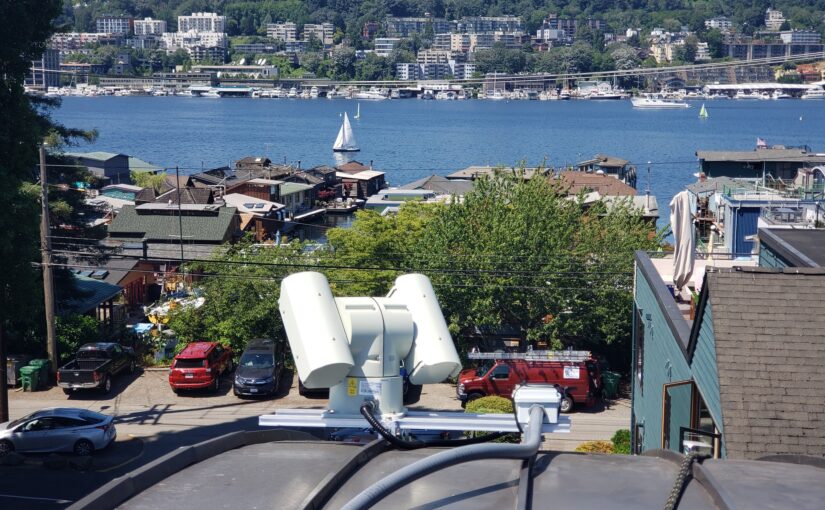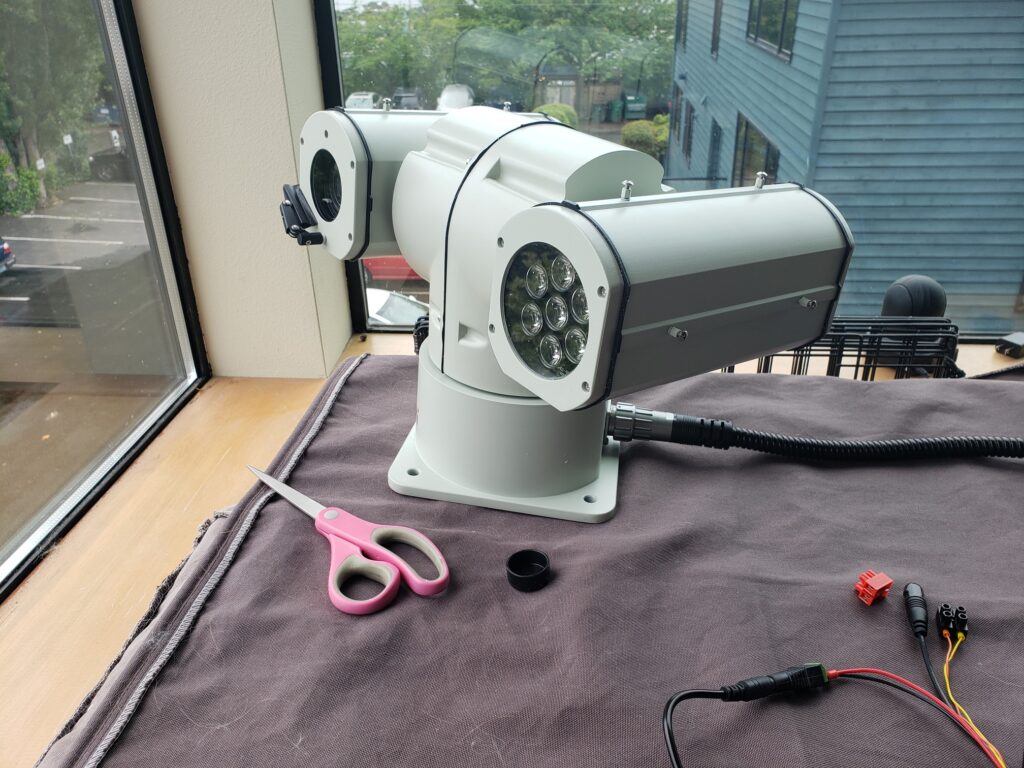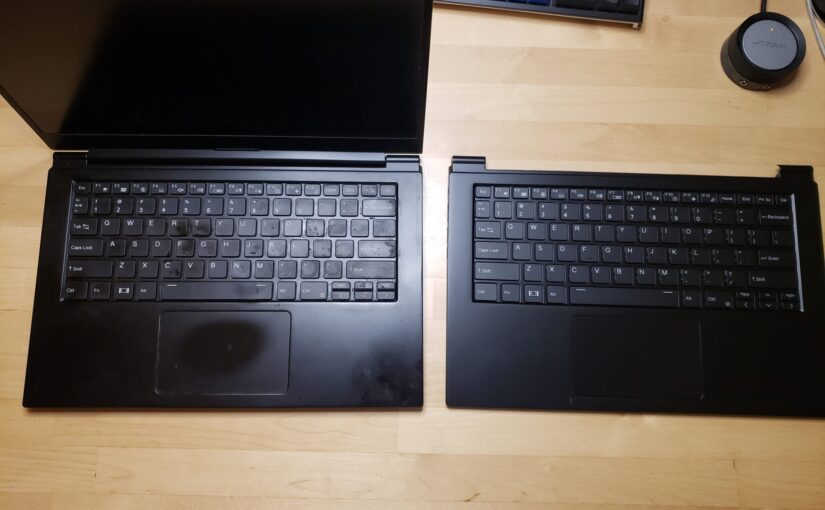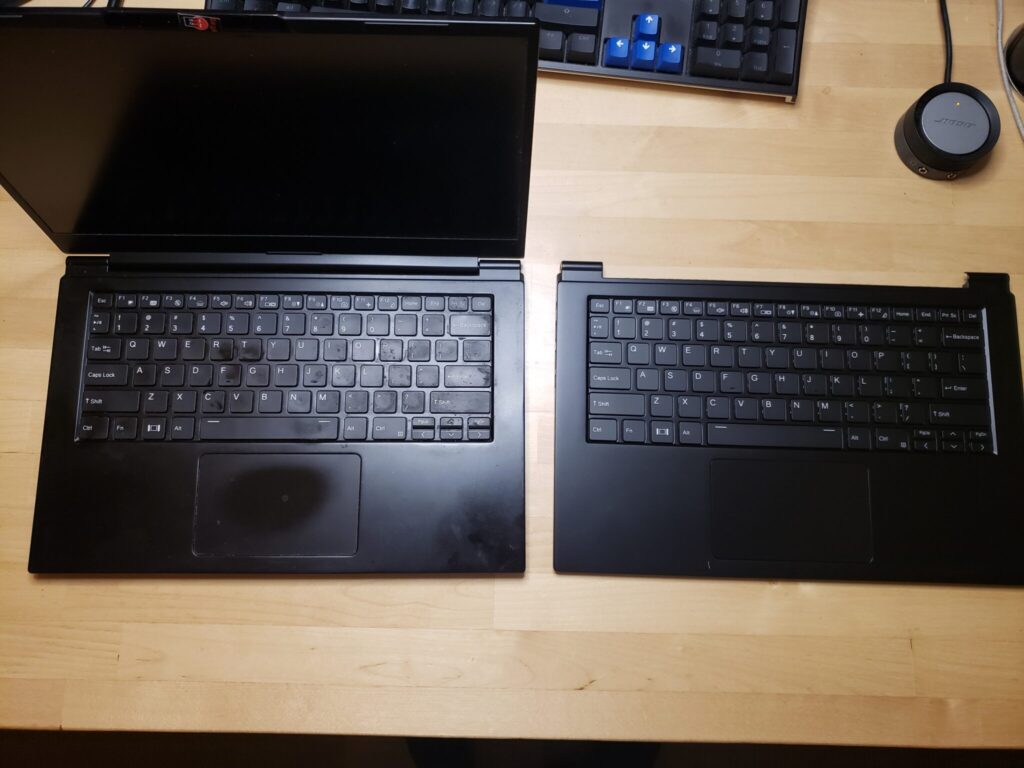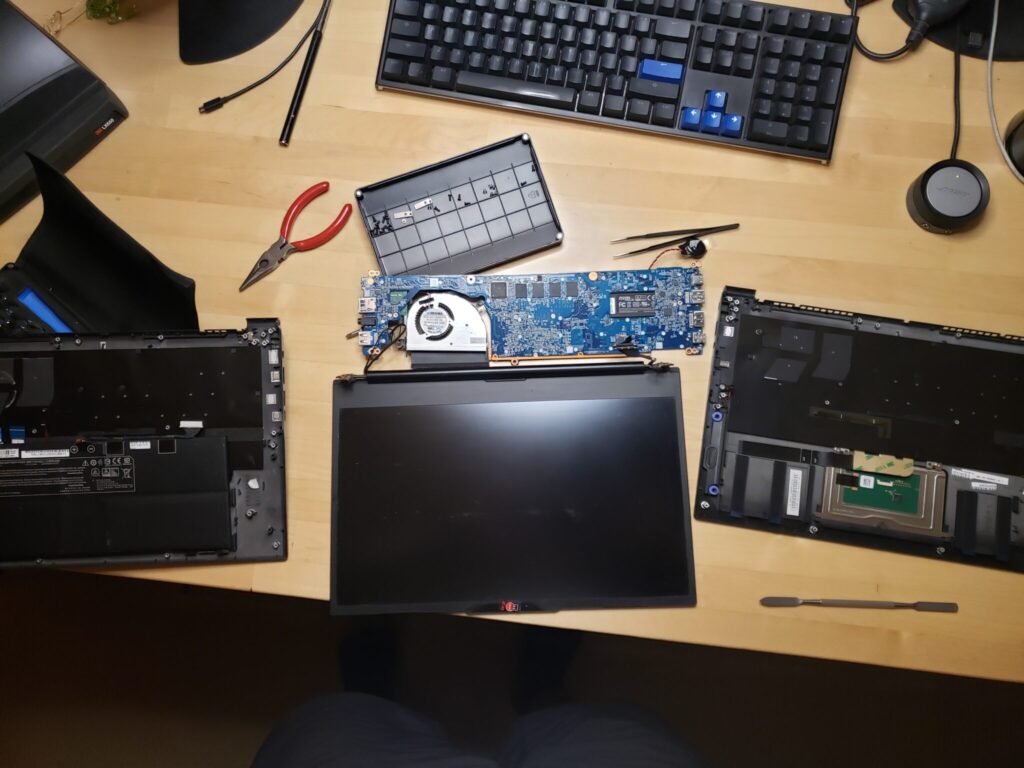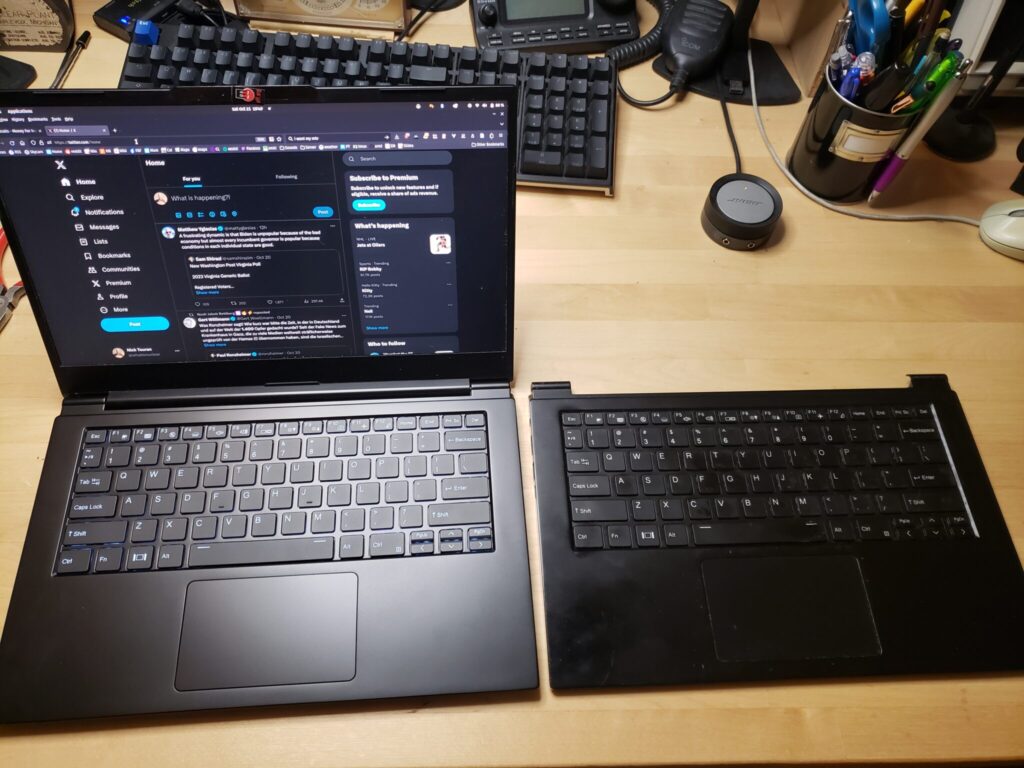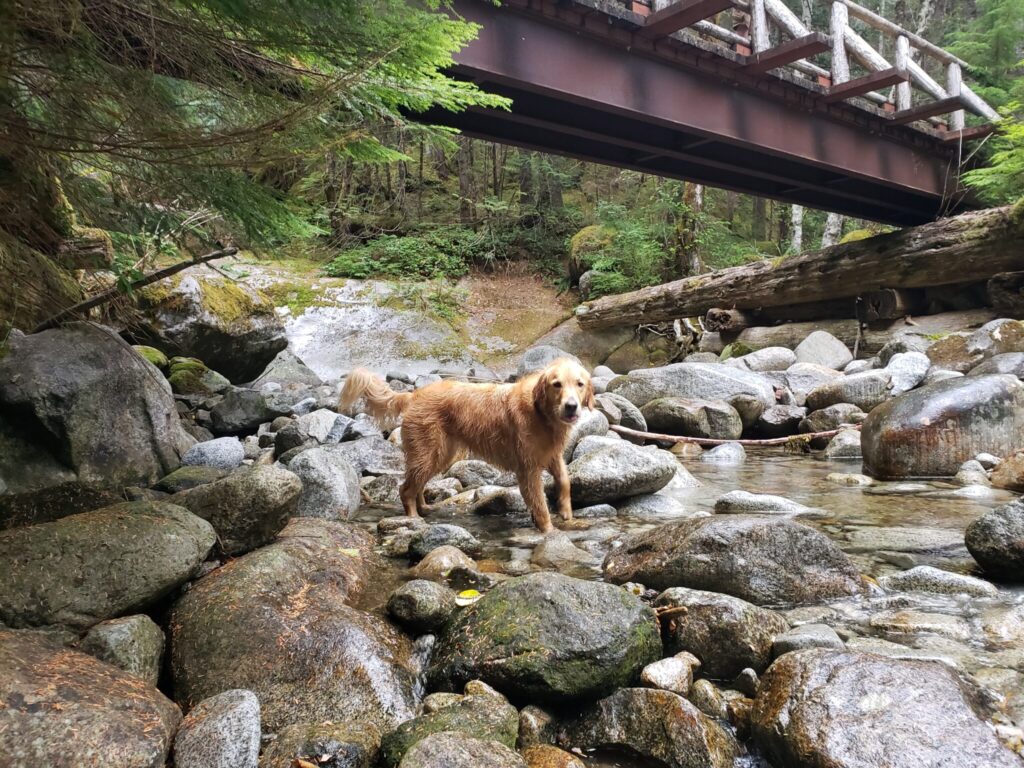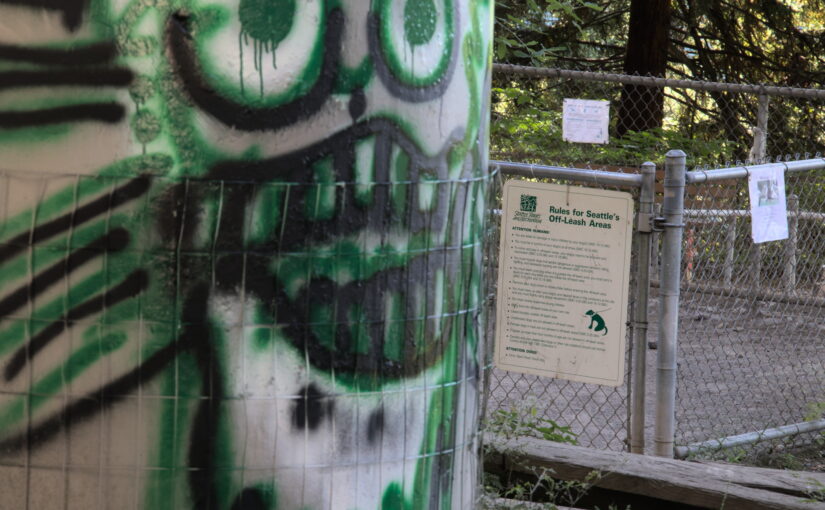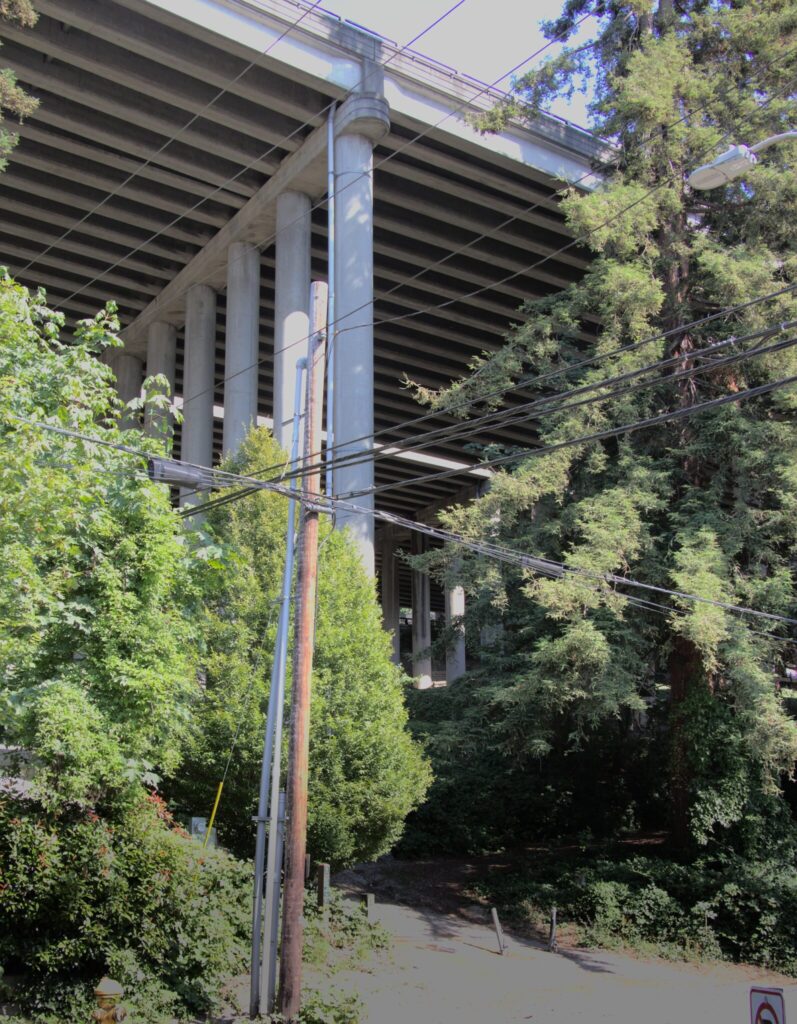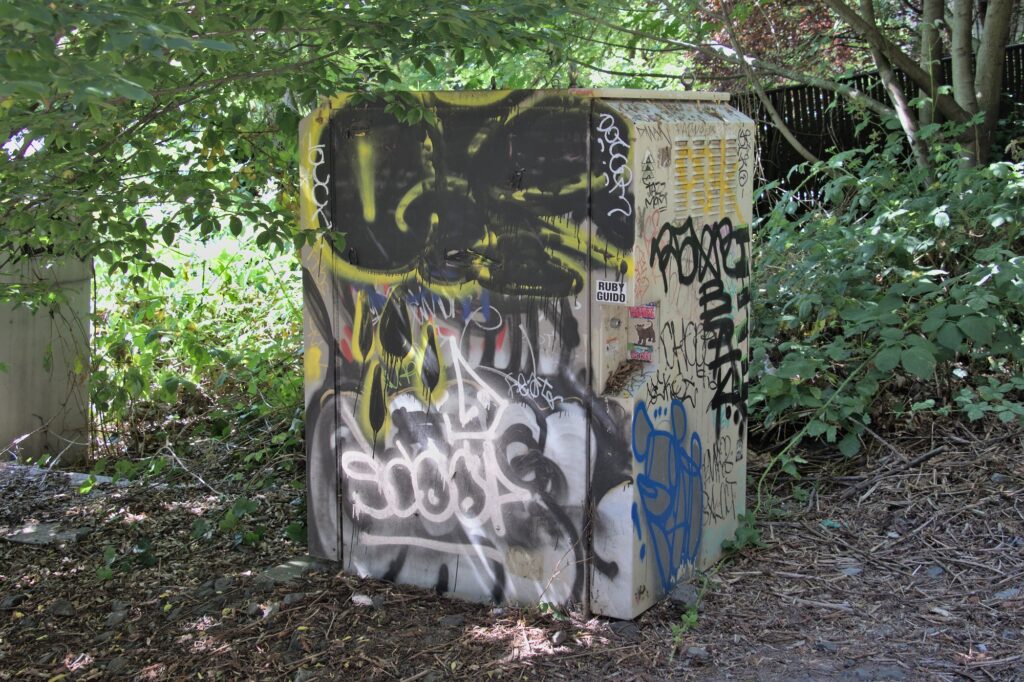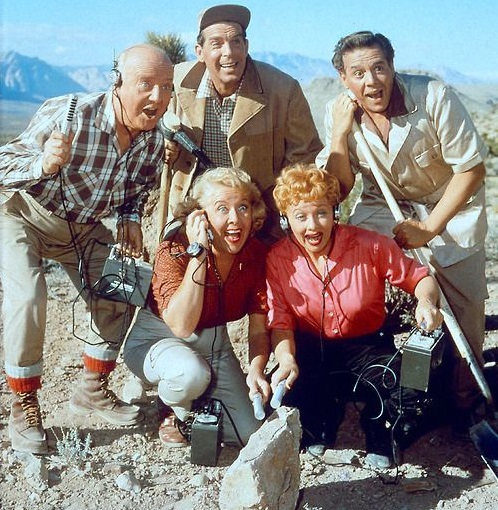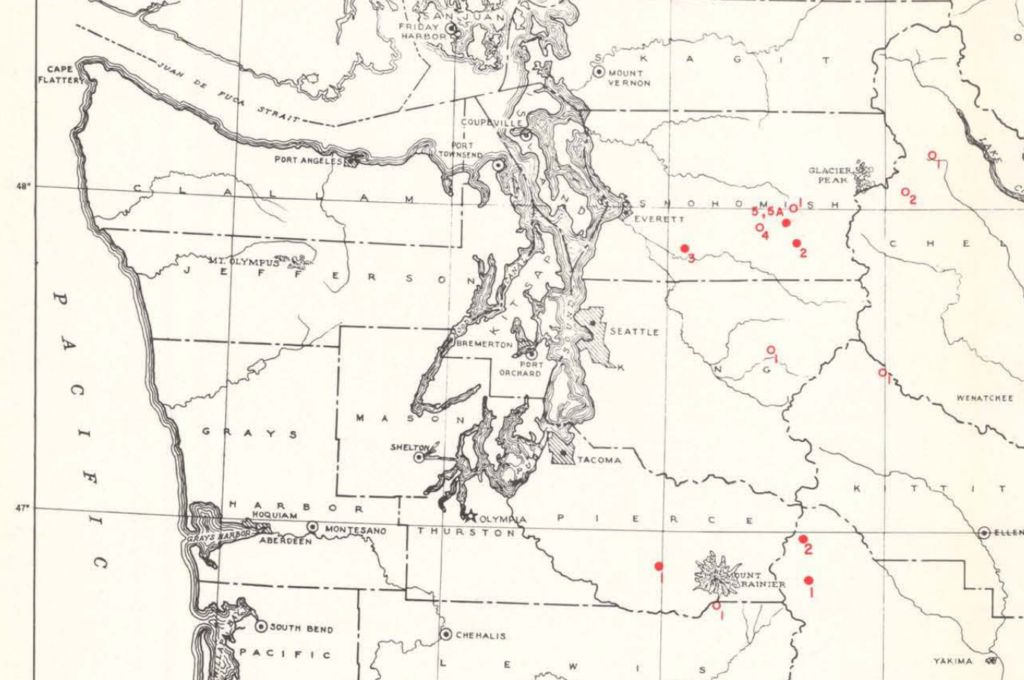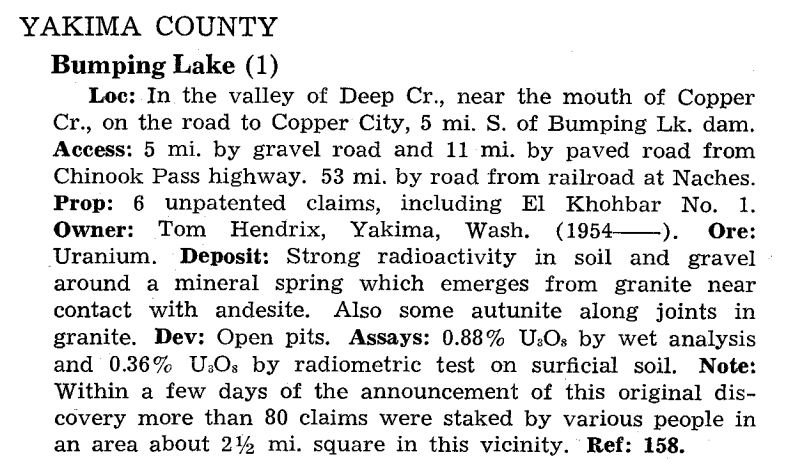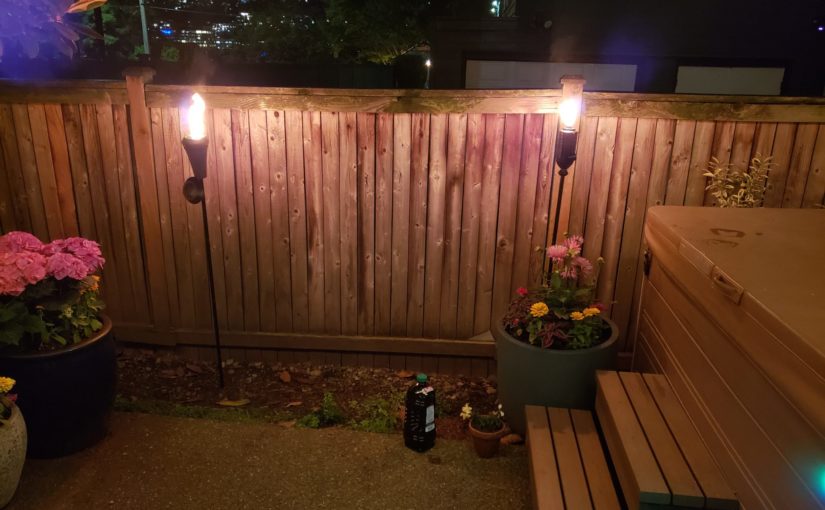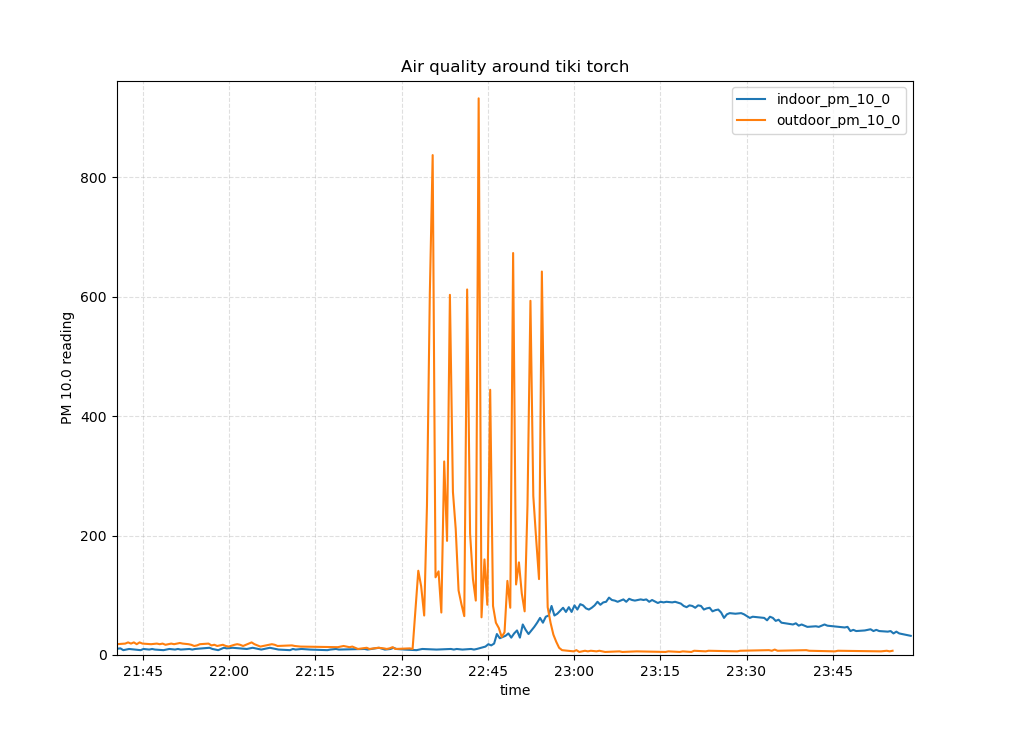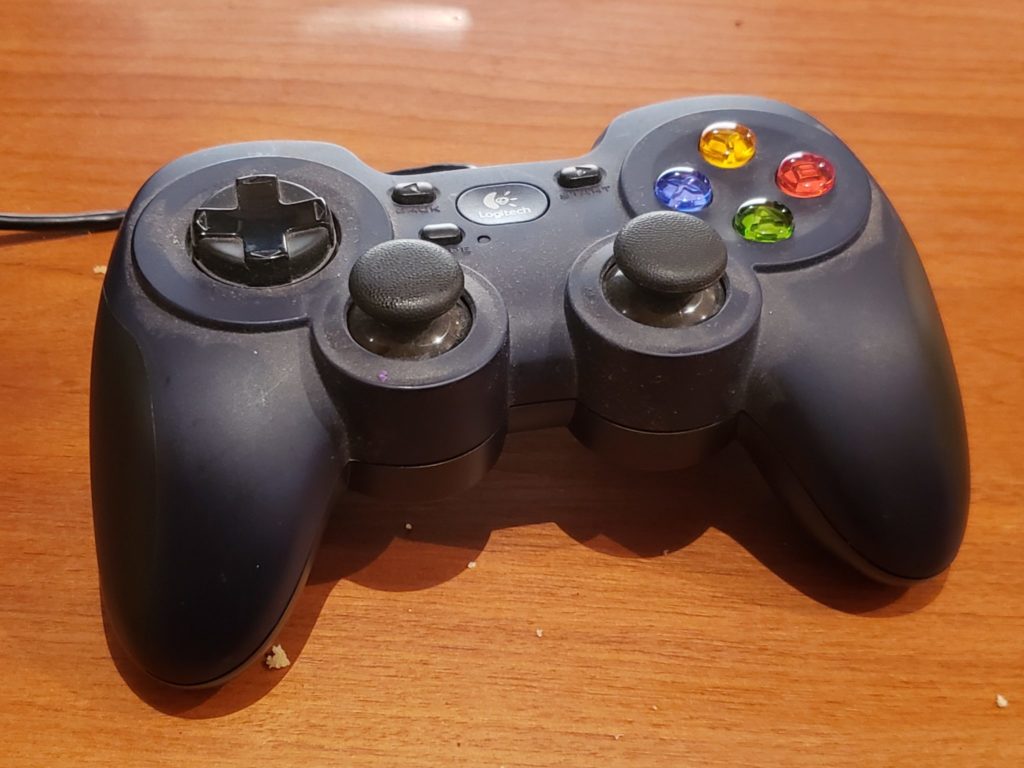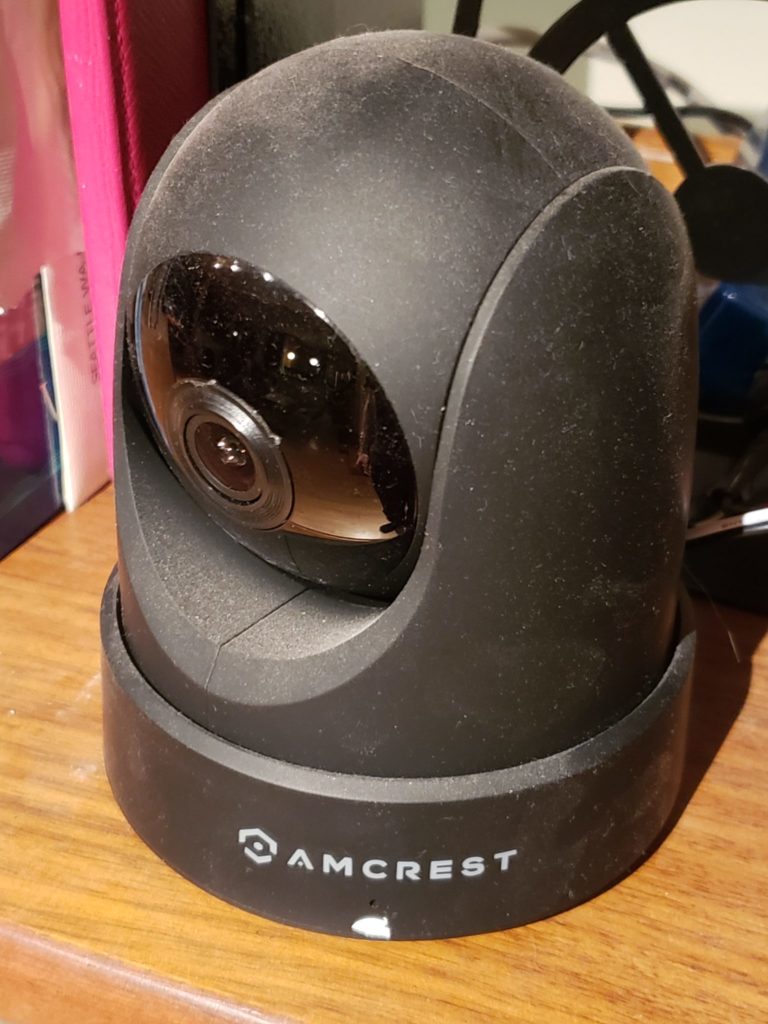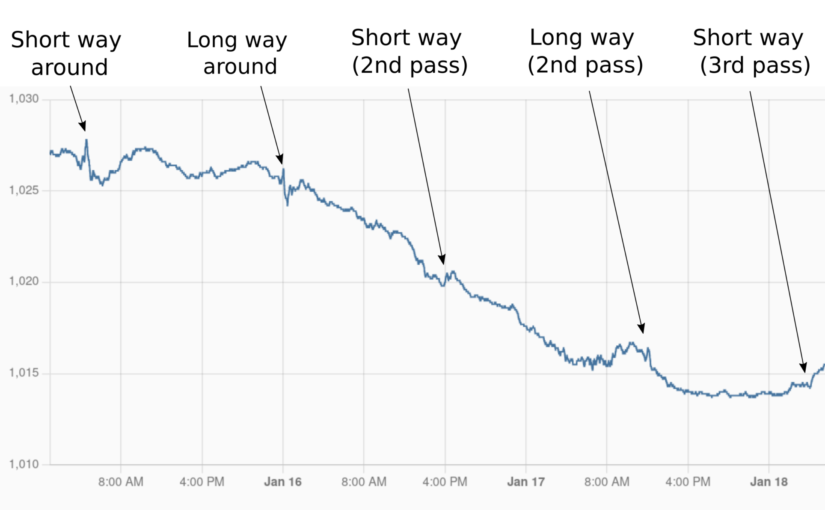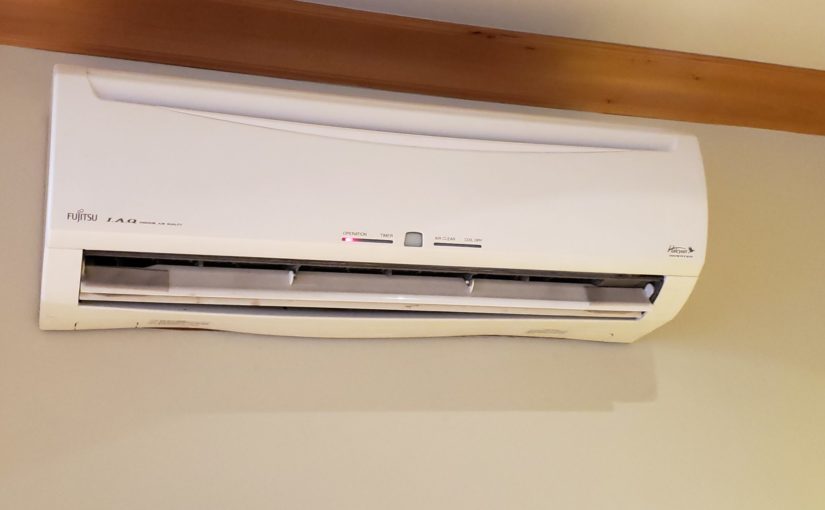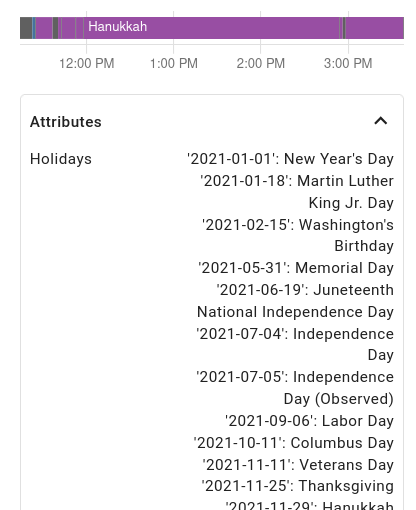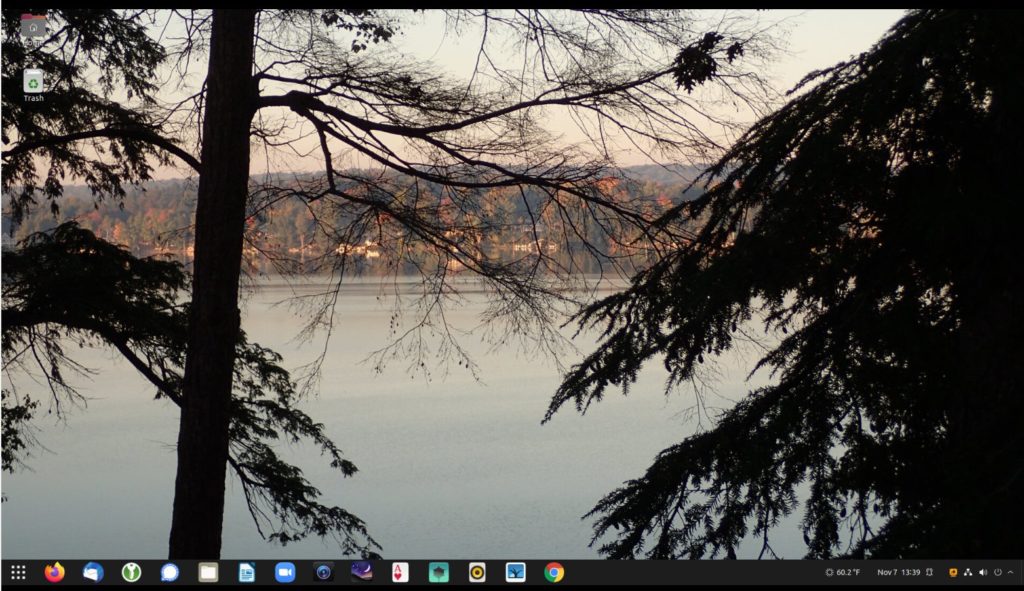I just upgraded a machine to Ubuntu 25.10 and started seeing the following error messages from sudo (which is now infamously using sudo-rs implemented in rust)
$ sudo ls
/etc/sudoers.d/jellyfin-sudoers:23:30: unknown setting: 'requiretty'
Defaults!RESTARTSERVER_SYSV !requiretty
^~~~~~~~~~
/etc/sudoers.d/jellyfin-sudoers:24:28: unknown setting: 'requiretty'
Defaults!STARTSERVER_SYSV !requiretty
^~~~~~~~~~
/etc/sudoers.d/jellyfin-sudoers:25:27: unknown setting: 'requiretty'
Defaults!STOPSERVER_SYSV !requiretty
^~~~~~~~~~
/etc/sudoers.d/jellyfin-sudoers:26:33: unknown setting: 'requiretty'
Defaults!RESTARTSERVER_SYSTEMD !requiretty
^~~~~~~~~~
/etc/sudoers.d/jellyfin-sudoers:27:31: unknown setting: 'requiretty'
Defaults!STARTSERVER_SYSTEMD !requiretty
^~~~~~~~~~
/etc/sudoers.d/jellyfin-sudoers:28:30: unknown setting: 'requiretty'
Defaults!STOPSERVER_SYSTEMD !requiretty
^~~~~~~~~~
/etc/sudoers.d/jellyfin-sudoers:29:31: unknown setting: 'requiretty'
Defaults!RESTARTSERVER_INITD !requiretty
^~~~~~~~~~
/etc/sudoers.d/jellyfin-sudoers:30:29: unknown setting: 'requiretty'
Defaults!STARTSERVER_INITD !requiretty
^~~~~~~~~~
/etc/sudoers.d/jellyfin-sudoers:31:28: unknown setting: 'requiretty'
Defaults!STOPSERVER_INITD !requiretty
^~~~~~~~~~
/etc/sudoers.d/jellyfin-sudoers:33:20: unknown setting: 'requiretty'
Defaults:jellyfin !requiretty
^~~~~~~~~~
These come from an older version of jellyfin, which installed that file. Current jellyfin does not install that at all (it was removed in 2023). When I went to remove the offending lines in the file with visudo I was slightly worried due to the warning that I’d remove my ability to sudo visudo anything:
$ sudo visudo /etc/sudoers.d/jellyfin-sudoers
[...removes lines with requiretty on them and save...]
It looks like you have removed your ability to run 'sudo visudo' again.
What now? e(x)it without saving / (e)dit again / lock me out and (S)ave: S
I ended up hitting save, confident that it was just sudo-rs being overzealous with its warnings. Sure enough, everything worked fine. Good luck!
